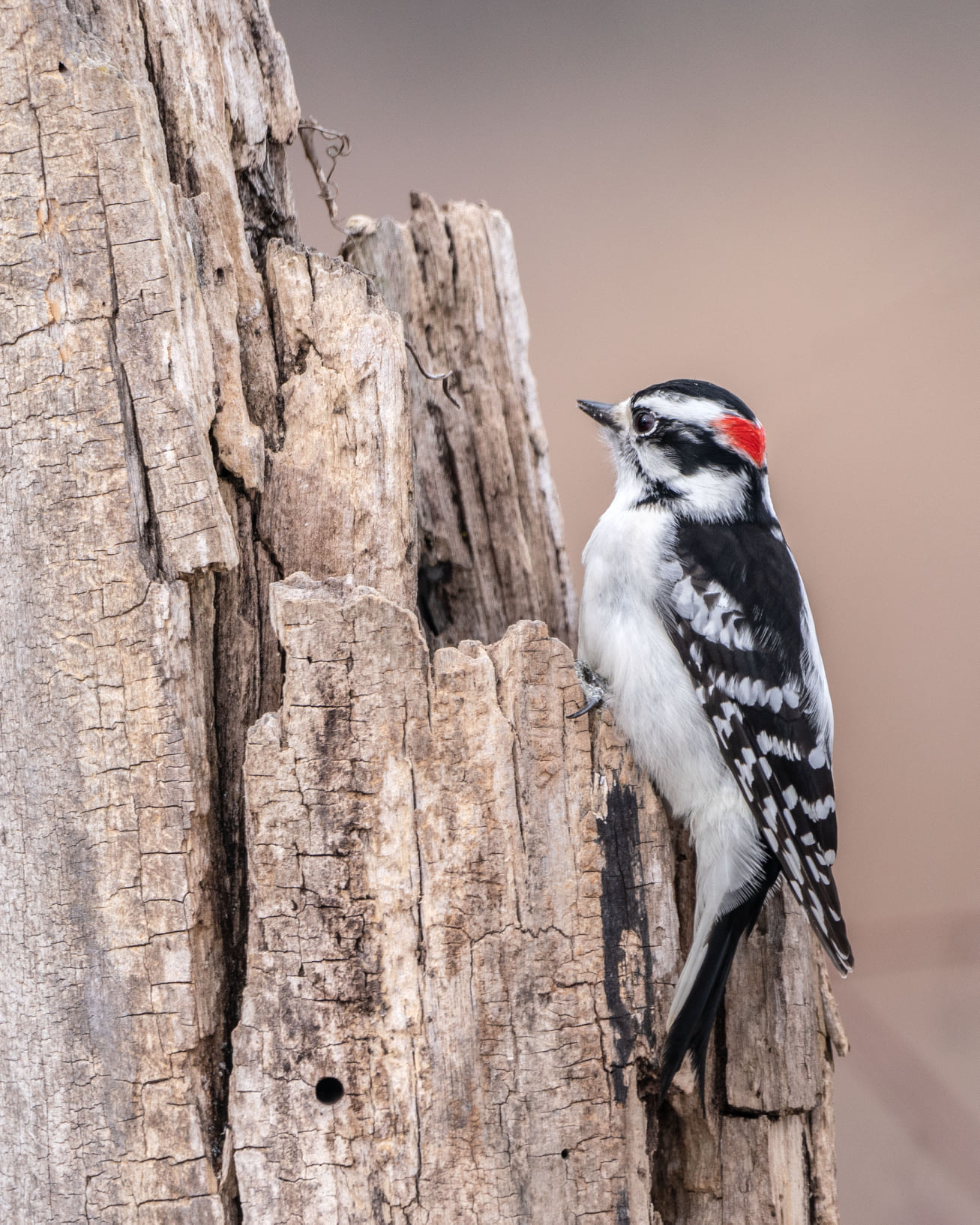MI Birding 101 video series takes flight just in time for spring migration!
Michigan Sea Grant offers class to help beginning birders learn new skills.


Have you ever looked out your window and wondered at the avian visitors floating in the air? Have you ever thought it would be fun to learn their names, habits, or even favorite foods? Michigan Sea Grant offers a resource to help you learn all about birding Michigan’s incredible birds.
There have been over 460 species of birds recorded across the state, giving endless opportunities to enjoy viewing these amazing creatures. Birding has long been a hobby many have enjoyed, but in recent years birding has become one of the fastest growing hobbies in North America – so grab your binoculars and get ready to learn!
New to birding?
Since 2021 Michigan Sea Grant has been helping new birders find success by offering four live online classes covering the basics of bird identification, birding equipment, bird feeding and bird conservation. This year the class was recorded and is now available online. You can watch from the comfort of your own home to begin your own birding journey. Each session offers different topics, and can be viewed separately. Make it easy to watch them all by using the YouTube Birding 101 Spring Session Playlist or pick and chose the video you’d like to view below:
- Birding 101 Spring 2024 Session 1 – Birding equipment, field guides and birding basics.
- Birding 101 Spring 2024 Session 2 – Backyard bird identification and bird feeding.
- Birding 101 Spring 2024 Session 3 – Backyard habitats, birding ethics and fun identification challenges.
- Birding 101 Spring 2024 Session 4 – Where to go birding in Michigan, find your birding community, and more ID fun!
Great birds, Great Lakes
You may wonder why Michigan Sea Grant, with our Great Lakes ecosystem and economic focus, would be so focused on birds. Shouldn’t we just be talking about fish? (We actually do a lot, and you can view our great fishery education resources on our website). But birds are also intricately connected to our Great Lakes resources. Birds are an important part of aquatic food webs acting as predators, prey, and even transporters of fish. Birds are also a core indicator of Great Lakes health and have been used to monitor the Great Lakes for over a century. Birds can be an economic driver, with bird tourism generating tens of millions for our state each year. Michigan Sea Grant is dedicated to promoting Great Lakes economies and helping to conserve Great Lakes natural resources.
We are excited to present these Birding 101 videos for you to take a swan dive into the world of birding. Now is a great time to get outside and start learning about the joys of birdwatching!
Michigan Sea Grant helps to foster economic growth and protect Michigan’s coastal, Great Lakes resources through education, research and outreach. A collaborative effort of the University of Michigan and Michigan State University and its MSU Extension, Michigan Sea Grant is part of the NOAA-National Sea Grant network of 34 university-based programs.
This article was prepared by Michigan Sea Grant under award NA22OAR4170084 from the National Oceanic and Atmospheric Administration, U.S. Department of Commerce through the Regents of the University of Michigan. The statement, findings, conclusions, and recommendations are those of the author(s) and do not necessarily reflect the views of the National Oceanic and Atmospheric Administration, the Department of Commerce, or the Regents of the University of Michigan.



 Print
Print Email
Email




